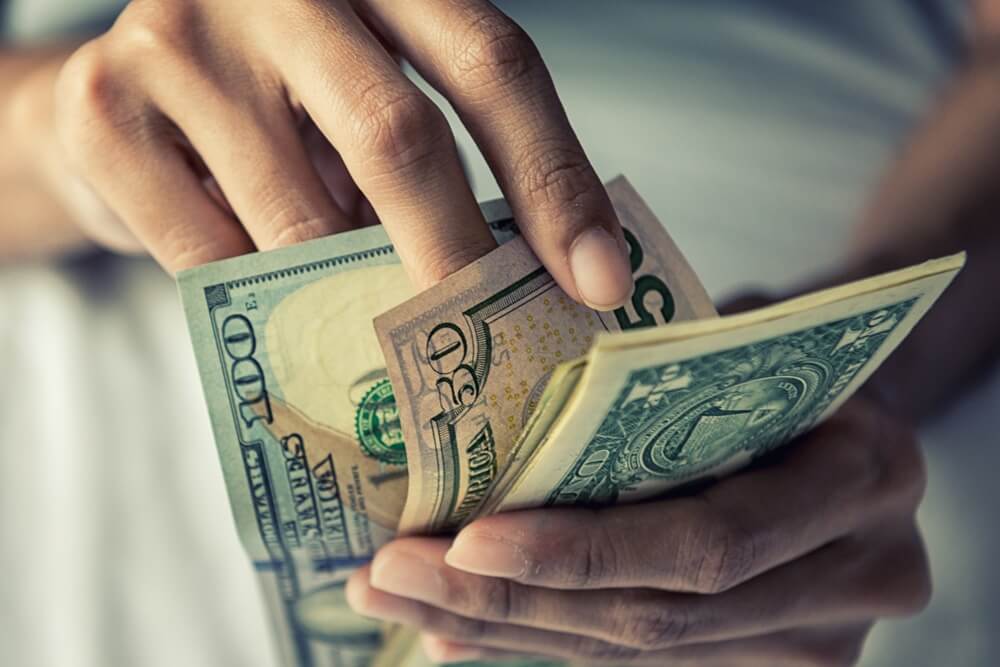
The Dollar Has Suffered Its Worst Losses in Years
The dollar suffered its largest losses in years on Wednesday, as a dovish central bank surprise in Australia left investors wondering whether global interest rates have reached their peak.
Overnight, the US dollar slid 1.6% versus the euro, testing parity at $0.9999 and 1.3% against sterling, reaching $1.1491. The US dollar index plummeted 1.32%, the most since March 2020’s wild pandemic market. It has dropped more than 4% since reaching a 20-year high last week.
The Australian and Japanese currencies lagged, as did the New Zealand dollar, as markets feared the Reserve Bank of New Zealand would surprise investors with a dovish surprise later in the day. This kept morning movements to a minimum.
The Reserve Bank of Australia raised interest rates by only 25 basis points (bps) on Tuesday, despite markets pricing in a better-than-even chance of 50 bps. This caused a significant bond rally and a decrease in peak cash-rate expectations. On Wednesday, the Australian dollar rose modestly to $0.6522.
The kiwi was trading at $0.57326. The New Zealand interest rate decision is scheduled for 0100 GMT.
The atmosphere has improved dramatically recently as Britain has demonstrated some flexibility in spending plans that had frightened bond and currency markets.
The pound is up more than 11% from its week-ago lows, which has helped the euro. On the other hand, analysts are skeptical about how much has changed in Britain’s budgetary outlook and how broad Australia’s rate signal is.
US Federal Reserve Governor Philip Jefferson reaffirmed overnight that inflation remained policymakers’ top priority and that efforts to reduce it would harm GDP — refusing to accept any form of Australia-style halt or change in rate hikes.
Friday’s labor report will be the next significant indicator of the anticipated trend of US rates.


